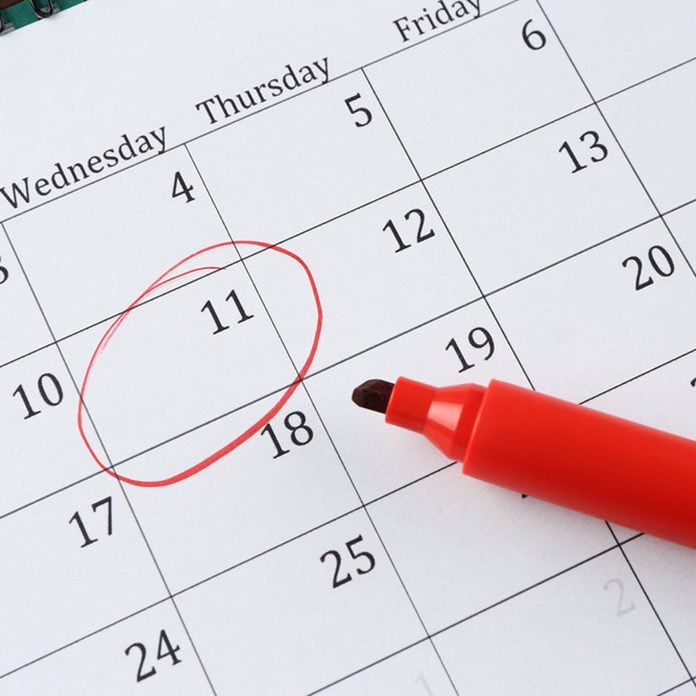
Grab a Calendar
Set aside a large-format wall calendar just for gardening notes. Use it for goals, several-step garden projects and timely reminders. Add these tips to plan your garden during winter to your calendar.
Or, if you’re more into details, get yourself a garden journal.
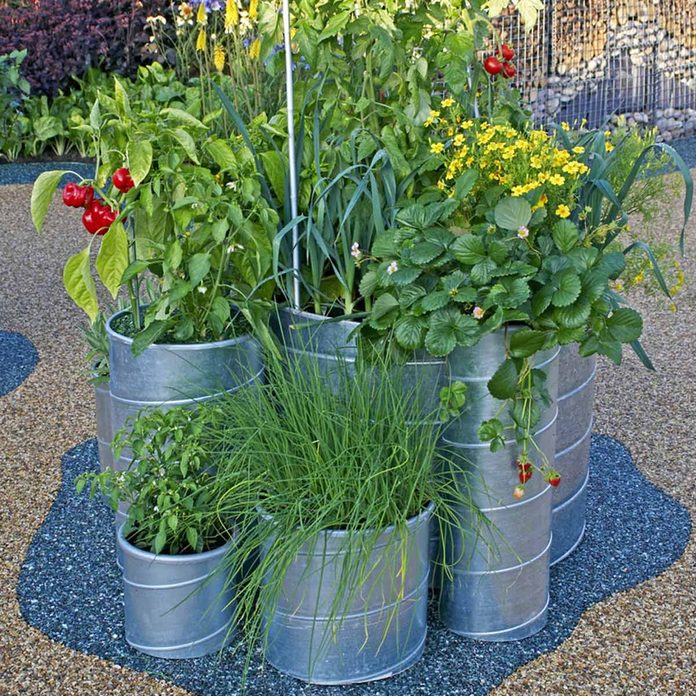
Search for Containers
Shop early for containers, well before buying plants to fill them. There will be a bigger selection, and you can make cool-headed decisions. Find out what the best plants are for container gardening.
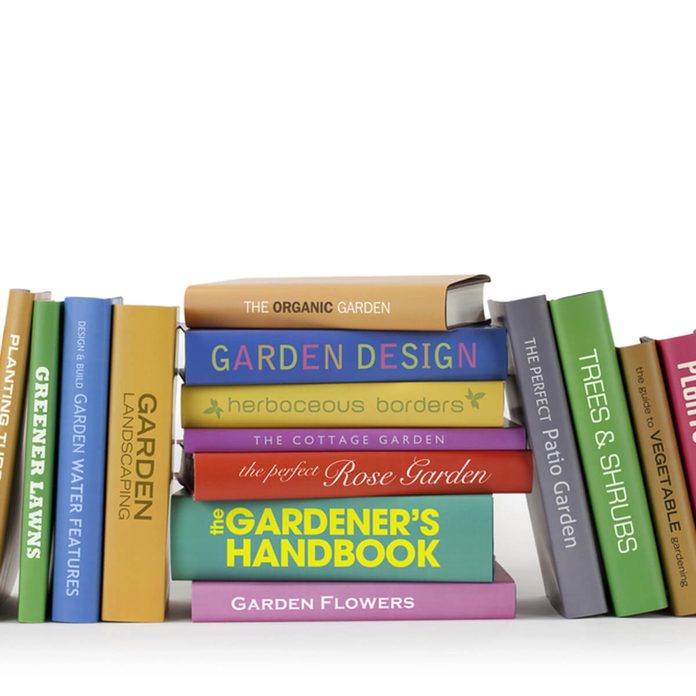
List Your Inventory
Inventory your seed stash. Improperly stored seeds may have dried out and should be discarded. Be sure to store seeds in an airtight jar in the refrigerator.
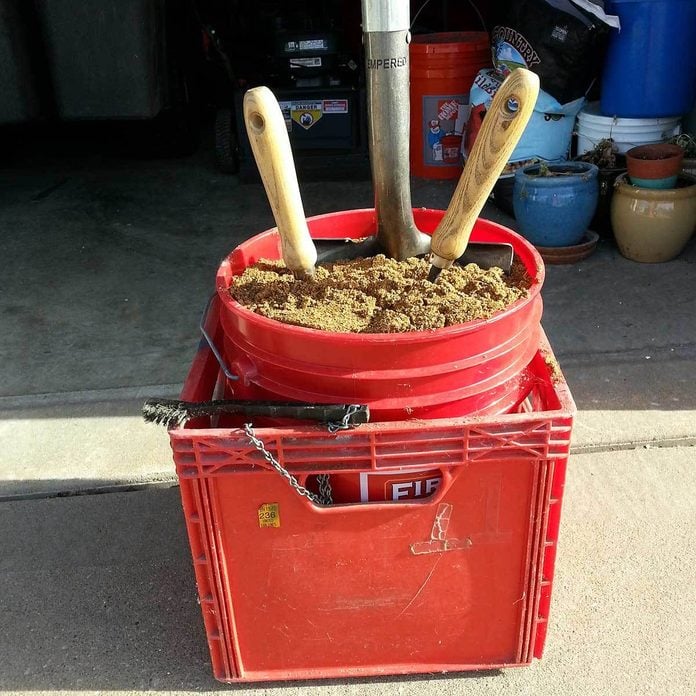
Clean Your Tools
Clean your hand tools in the off-season, while you have time. Chip off encrusted dirt and rub with a damp rag. Then wipe cutting surfaces with a cloth dipped in motor oil. If you’ve got rusty tools, you’ll want to know this tip to remove that rust.

Research
Review plant information and gardening terms in catalogs and gardening magazines. Resolve to try something new this year, and decide now where it will go in your garden. Get a head start on planning a garden shed with these tips, too.
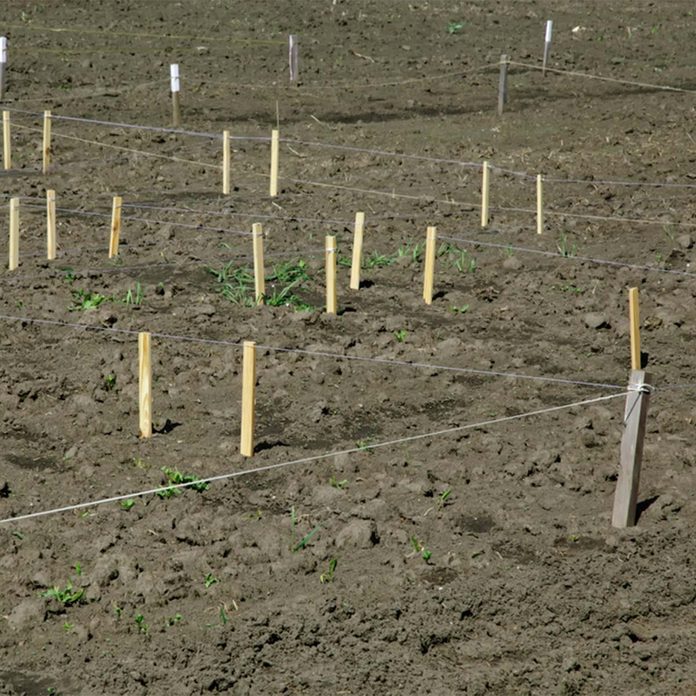
Itemize
Cruise through catalogs with a marker and/or yellow sticky notes, flagging everything you might want to order. You can always pare down the list later. You might want to add these 12 must-have garden tools to your list as well.
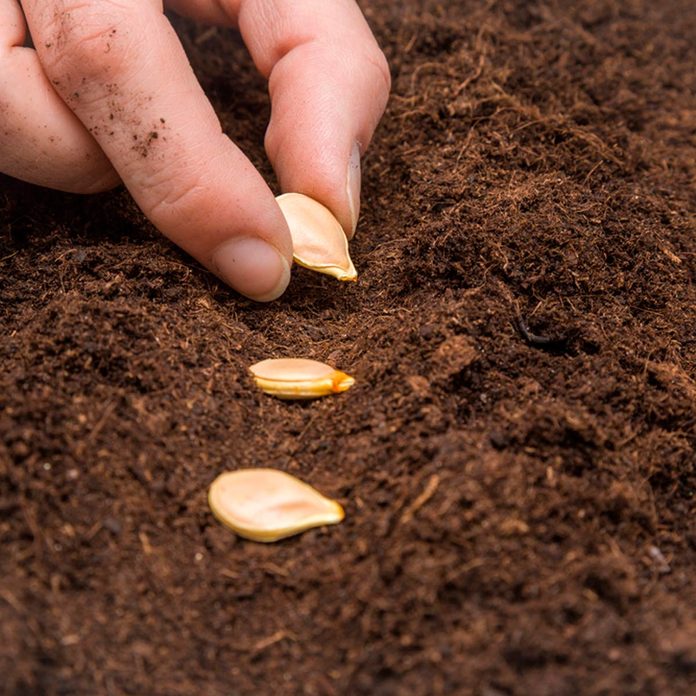
Fill Out Forms
When ordering seeds or plants via mail order, fill out the order form (even if you intend to call in your order or place the order online). This way, you are prepared and the process goes quickly.
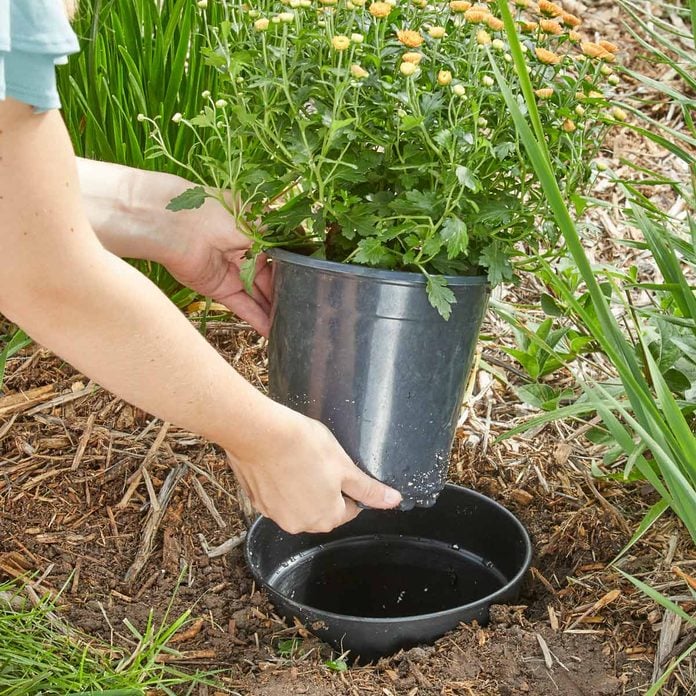
Order Early
Place orders early, before the companies get busy. These get filled faster, plus you can get exactly what you want, thus avoiding substitutions and rain checks.
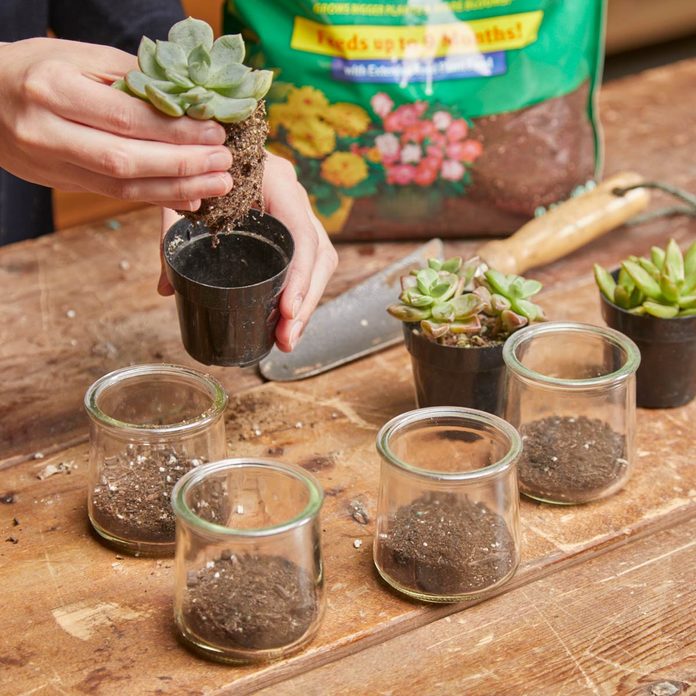
Stockpile Material
Stockpile soil amendments. Order or buy loam, compost and mulch weeks before you need them. When you do need them, they’ll be there. Here’s the best way to prep your soil for a vegetable garden.

Draw Out Plans
Plan new beds and borders on paper. The drawing doesn’t have to be sophisticated or perfect, though you should aim to make it to scale.
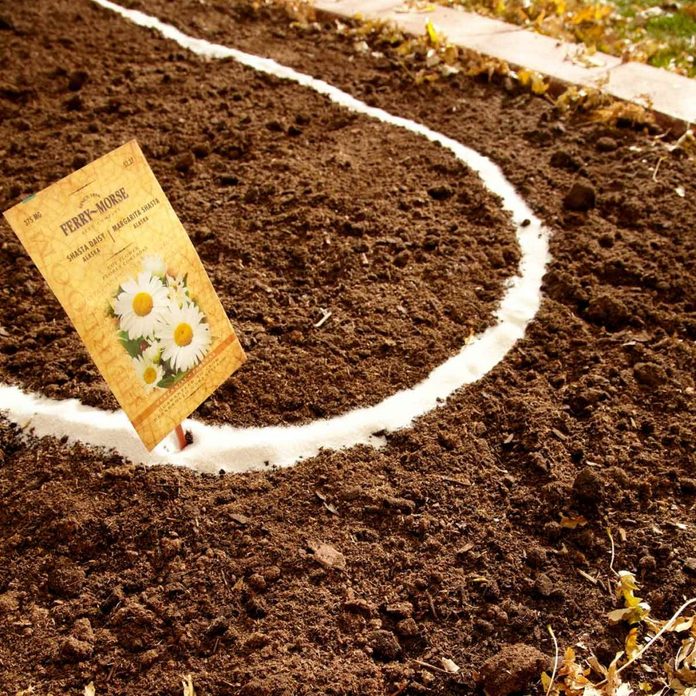
Know What to Expect
For new plants, always note “mature plant size.” Of course, results may vary in your garden, but it’s still important to know what to expect to avoid future crowding. Speaking of, take a look at this seeding square tool that guides seed spacing for the best results.
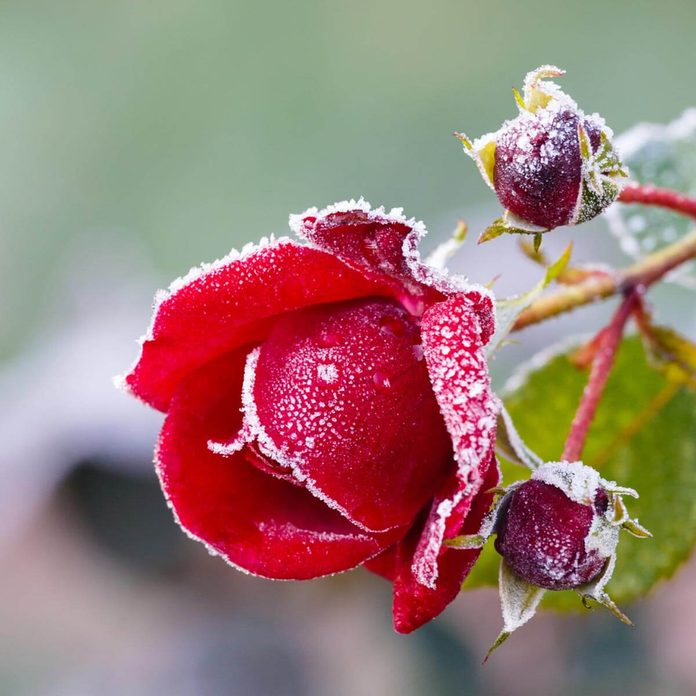
Learn Last Known Frost Date
Call your nearest cooperative or extension office and ask when the last predicted frost date is, or check online. This information will help you calculate how early to start seeds indoors. Find out the 8 things you need to do before winter comes with your fruit plants.
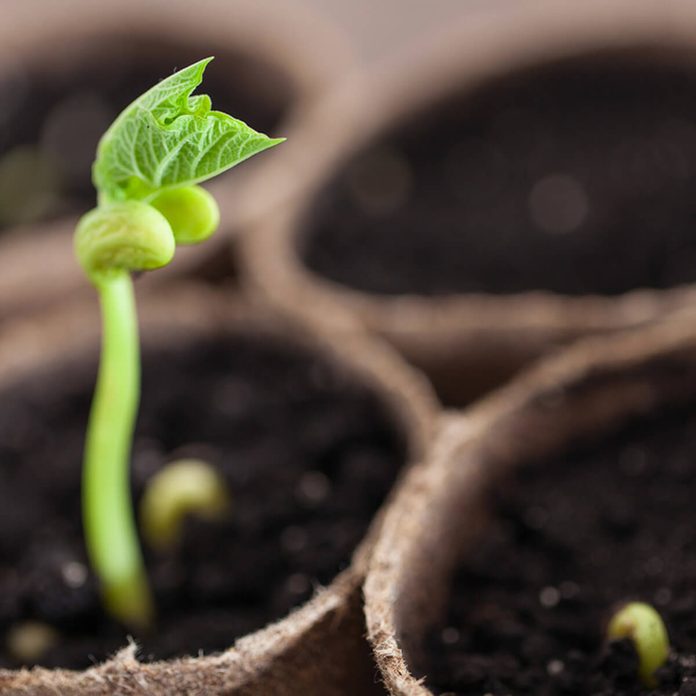
Start Seeds Indoors
Start seeds of some of your favorite veggies and annuals indoors several weeks or months in advance. This way, seedlings can go right into the garden without delay when conditions are warm enough. Here are some of our best tips on how to start seeds indoors.
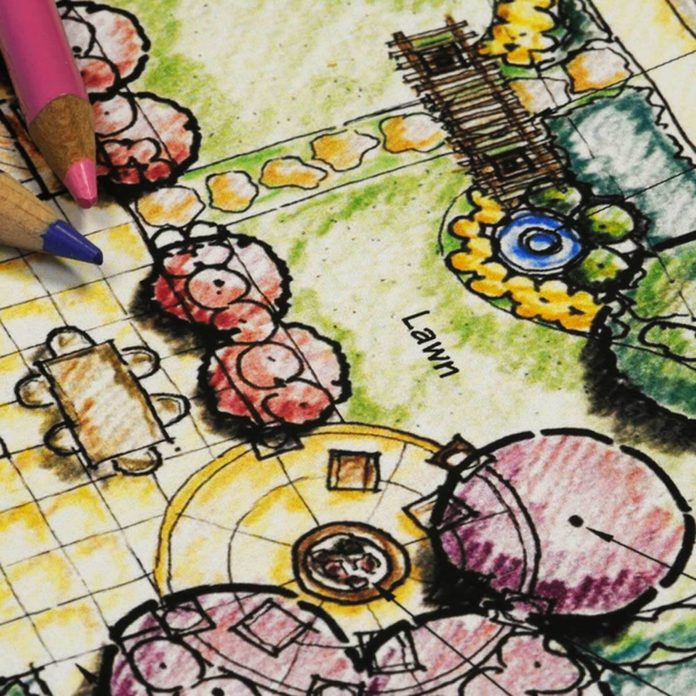
Sketch a Plan
Sketch a new plan for your vegetable garden. It’s important to rotate crops in order to thwart plant-specific pests and diseases. It also gives the soil a break because different plants use more or less of certain nutrients. Check out how you can add a rain garden to your garden for even more functionality.
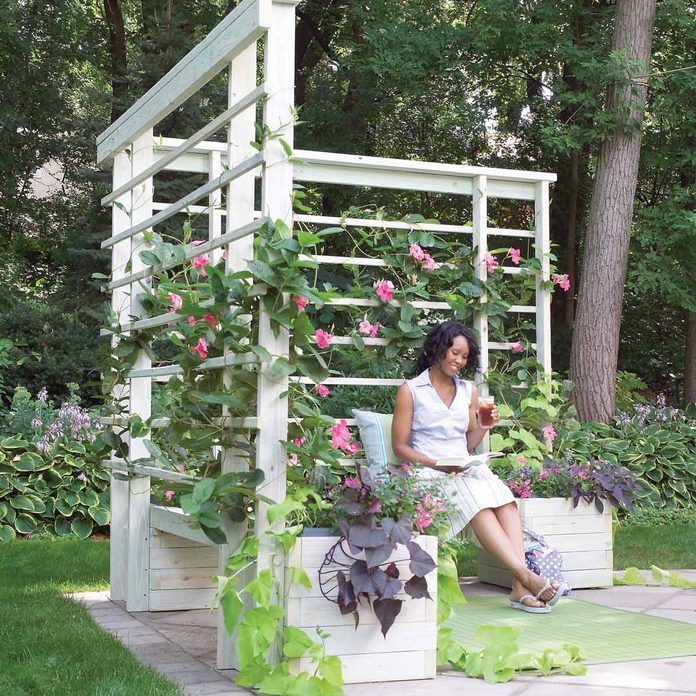
Plan Out Garden Installations
If you’re planning a big garden installation this year— a water garden, a gazebo, a pergola—find out what’s involved and plan ahead. Also, line up contractors in late winter (before they book up) if you intend to have it professionally installed. Check out our wide-ranging selection of garden structure projects to get an idea of what you’d like to add.
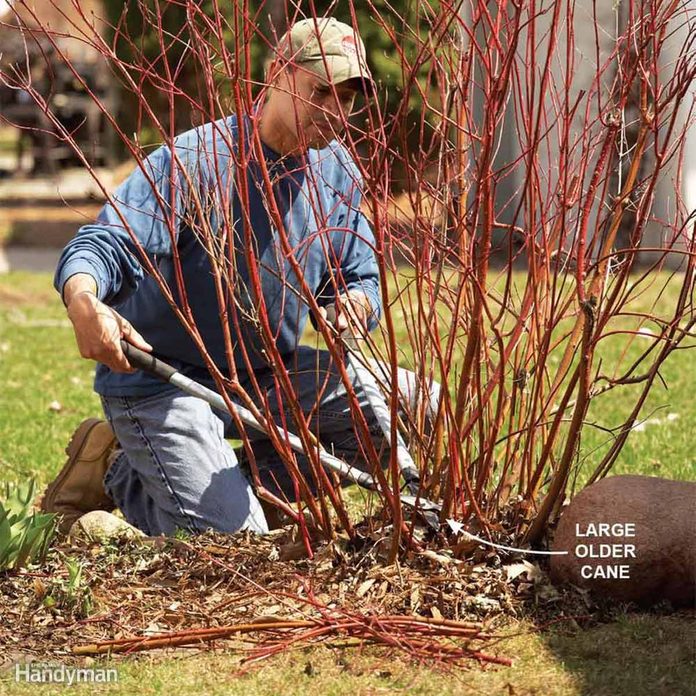
Clean Out Deadwood
Tour your yard with a sharp pair of clippers. Make way for new growth by removing deadwood, winter-damaged branches and suckers. If in doubt about whether a branch is alive, spare it for now. Try these bush pruning tricks to get your shrubs in shape.
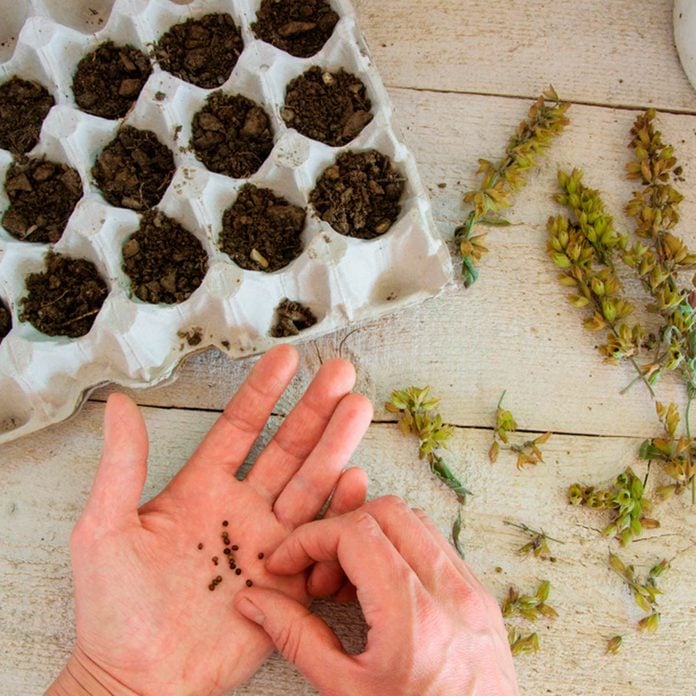
Baby Seedlings
Feed developing seedlings with half-strength plant food every week or so. Proper care means more robust plants, improving their chances of survival when they finally move outdoors.
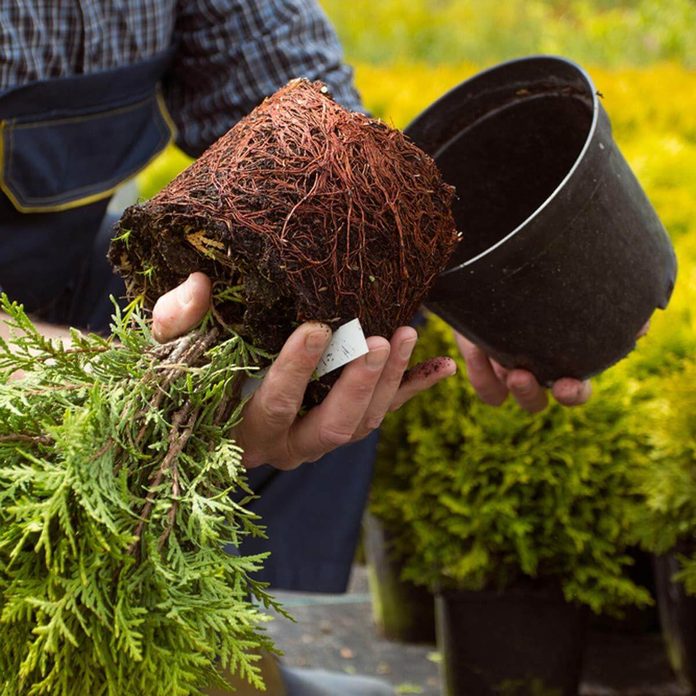
Plant Bare-Root Shrubs Early
Plant bare-root shrubs and perennials earlier in the spring than container-grown plants. Bare-root ones are still dormant or just waking up and can make a gradual transition to garden life. Discover 11 sparkling shrubs that will look great in your yard.
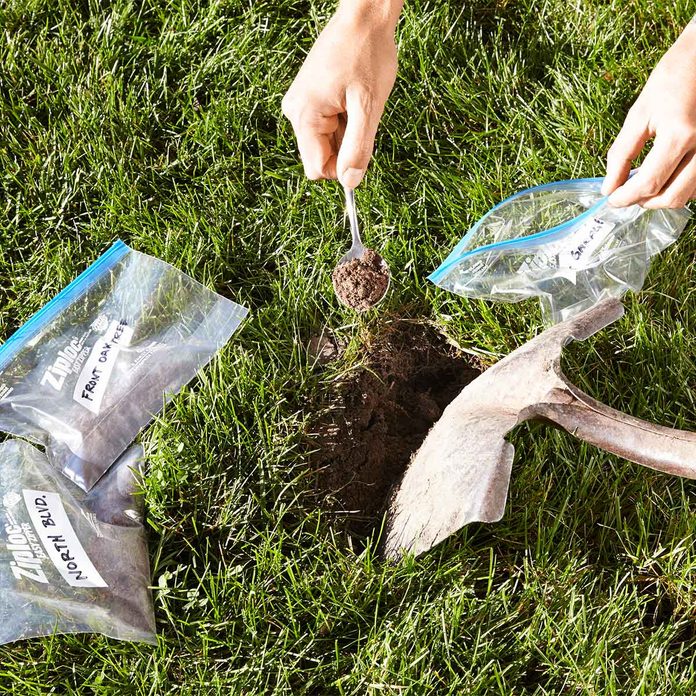
Check the Soil
How do you know when it’s OK to start planting? Check the soil—just scoop up a handful and squeeze it. If it’s wet and soggy, wait a bit longer. If it crumbles in your hands, it’s time.
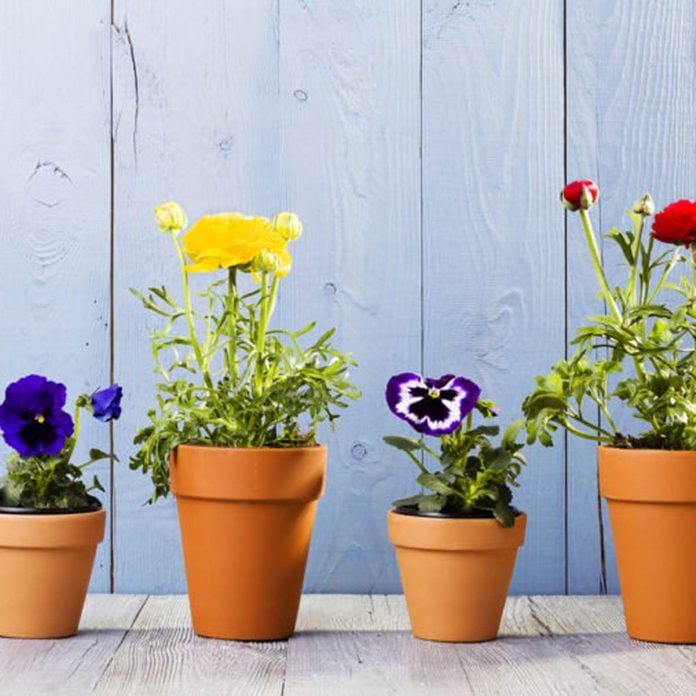
Help Acclimate Plants
Help acclimate young plants before they go into the ground. Set pots and flats in a sheltered spot (under a tree, on the porch) and gradually increase natural sunlight received for a week or so—bring them in at night or cover them if frost is predicted. Check out a living wall and all the options it can provide for your garden.
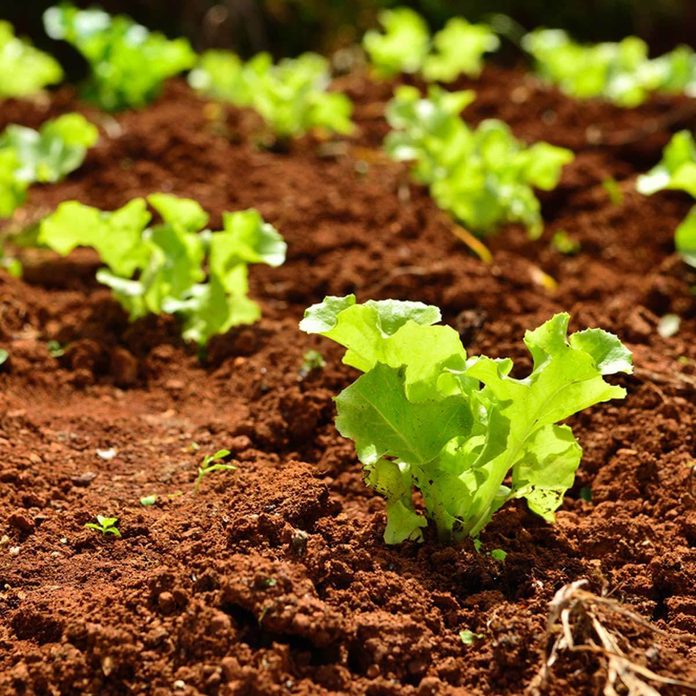
Visualize Garden Bed
Lay a garden hose on the ground to visualize the size and shape of a new garden bed. Leave it in place for a few days so you can observe it from various angles and at different times of the day (to check sunlight). Take it a step further and check out a self-watering garden bed.
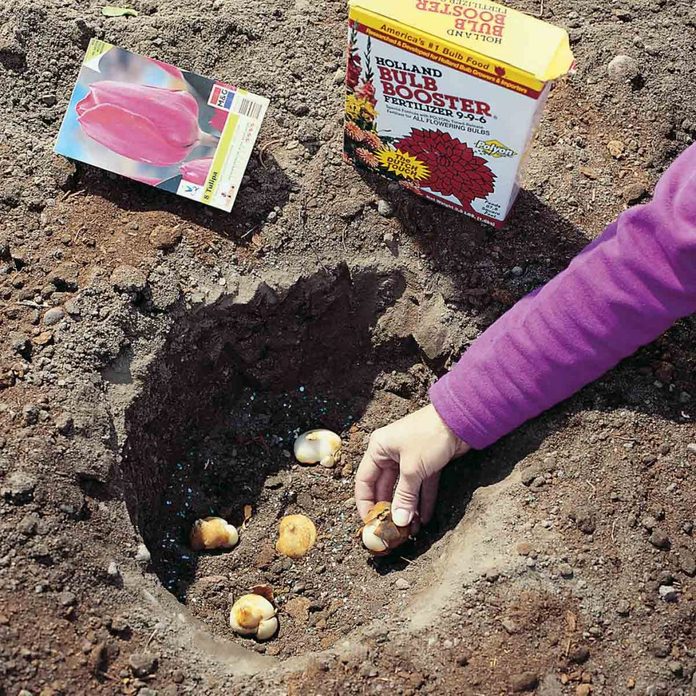
Know Planting Depth
To plant a shrub or rosebush, dig a hole that is the same depth as but wider than the root-ball. Backfill with a mix of organic matter and existing soil.

Resist Buying Blooming Perennials or Annuals
When buying perennials or annuals, resist the temptation to get blooming plants. A strong root system is much more important and will soon generate good top growth and flowers. Consider one of these 49 colorful flower choices to add to your garden this spring.
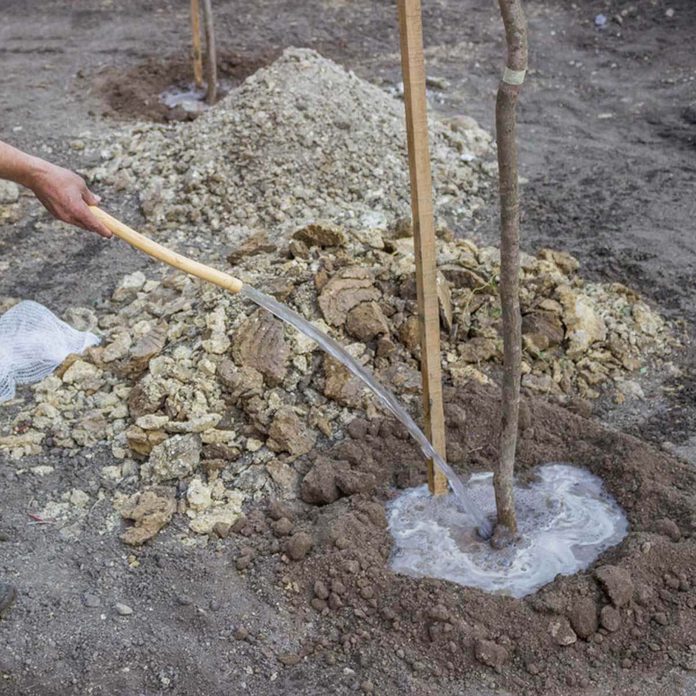
Create a Basin
When planting, get in the habit of creating a basin around each plant. When you water, precious moisture won’t drain away but will go right to the root zone. Make sure you don’t make any of these costly mistakes when planting a tree.
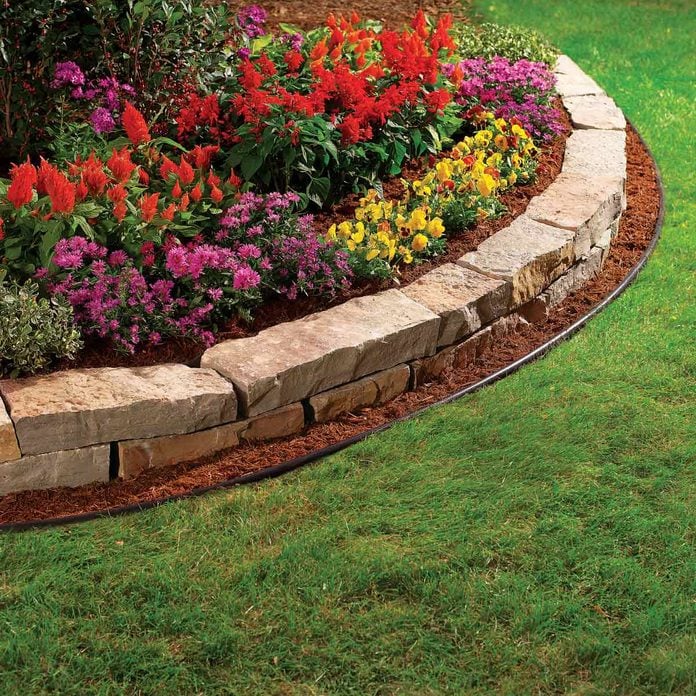
Groom Emerging Perennials
Groom emerging perennials, cutting out last year’s tangled growth. This not only makes them look a lot better, but clears the way for fresh, new growth. Here’s how you can keep invasive species from infiltrating your garden.
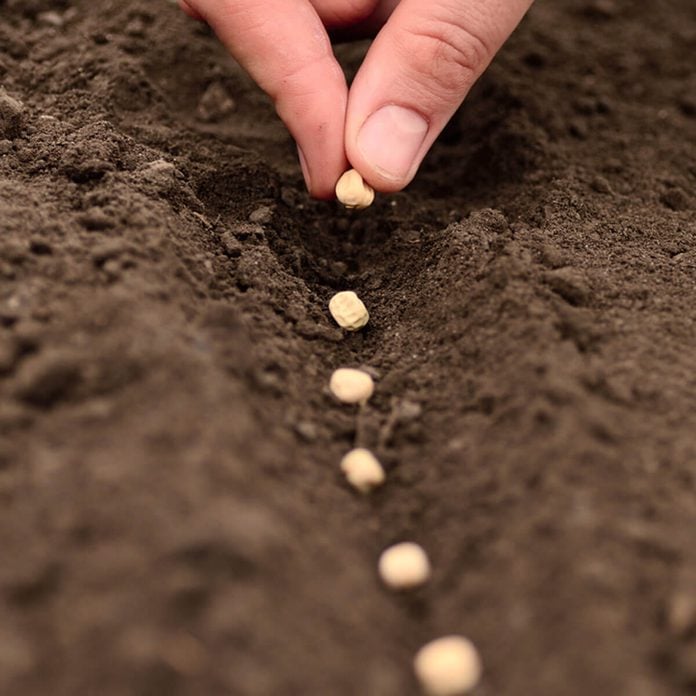
Plant in Threes
This classic rule of thumb really works— it gives plants an opportunity to make an impression, yet not hog the garden stage. Plus, the odd number looks more natural. Even if you’re a veteran gardener, these how to start a garden tips might come in handy.
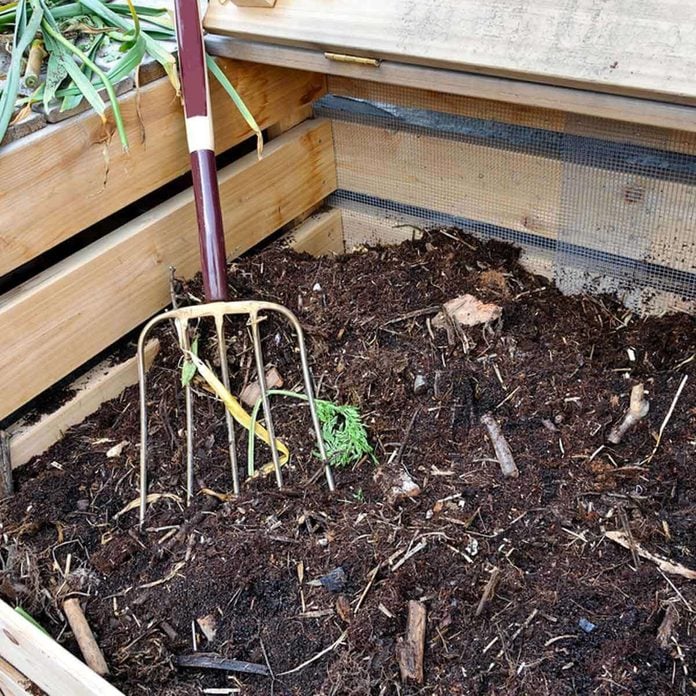
Make Compost!
It’s easy, it’s free and your plants will adore it. The most successful piles are in a sunny spot, about 3 ft. sq. Keep compost slightly damp and stir often.
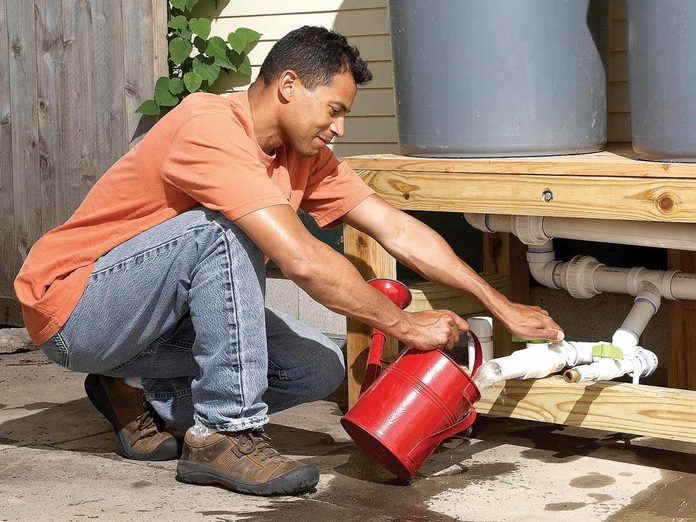
Set Out a Rain Barrel
Set out a rain barrel in a convenient, but out-of-the way, spot (usually under a downspout). Cover it with a screen to keep out leaves, dirt and mosquitoes.

Create a Trench in Spots
Where grass meets flower bed, create a shallow trench bordering the garden. Fill it with gravel or edging material if you wish. Ideally, it will halt the grass, as well as encroaching weeds.

Try Slow-Release Plant Food
The best way to fertilize shrubs and rosebushes is with slow-release granular plant food. Follow label directions about timing and amount. Always water before and after for maximum uptake.
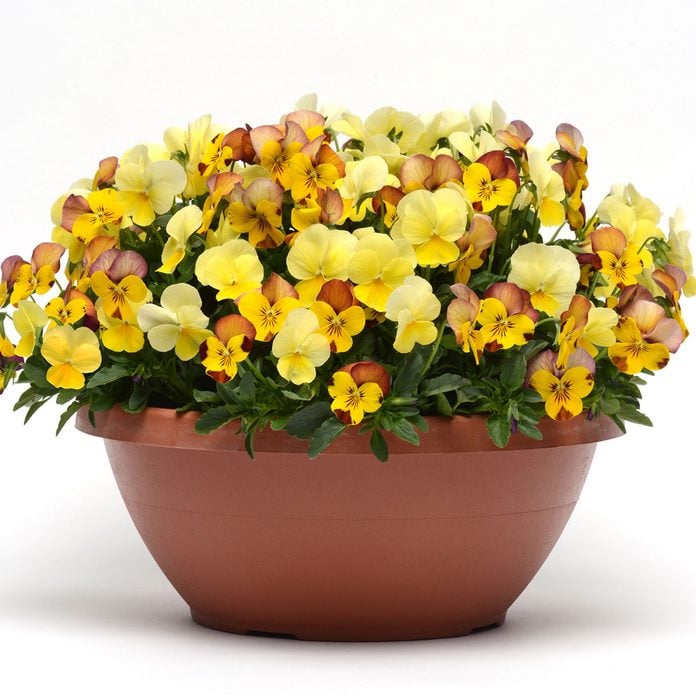
Find a Plant That Looks Good at All Angles
The secrets to a great focal-point planting? Choose a large-growing plant that looks good from all angles. Elevate it and/or surround it with lower-growers. Finally, be sure to pick a color that contrasts with its surroundings. Try one of these 15 ways to creatively hang a plant so it shines in your yard.
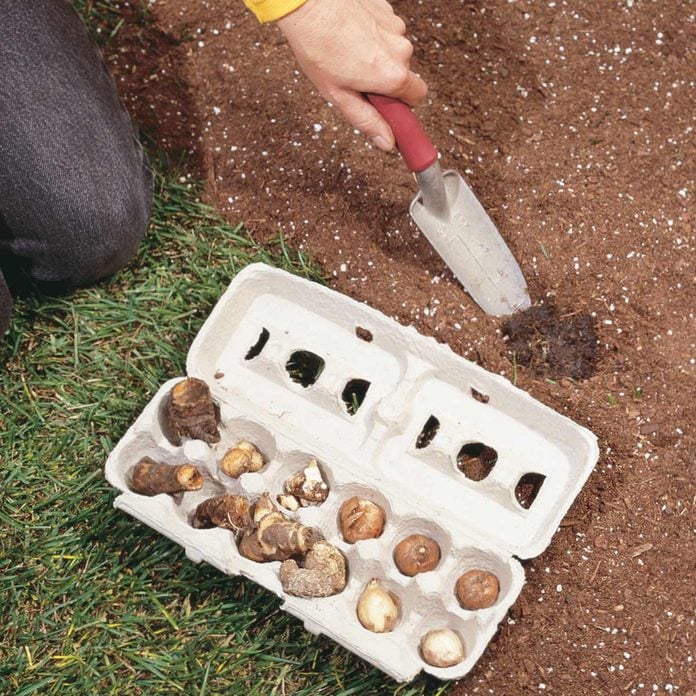
Evaluate Your Bulb Display
When it’s in its prime, evaluate your spring bulb display. Take photos; make notes. Tuck this information away until later in the summer, when you can move bulbs and order new ones.
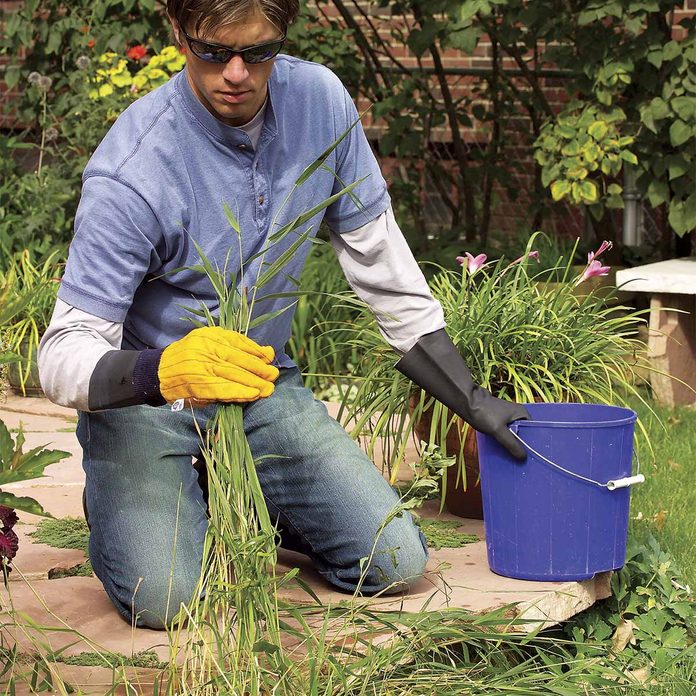
Fight Weeds Early and Often
They’re easier to pull out by the roots after a rain or after you water. Crowds of small ones can be cut out with a few swipes of a sharp hoe.
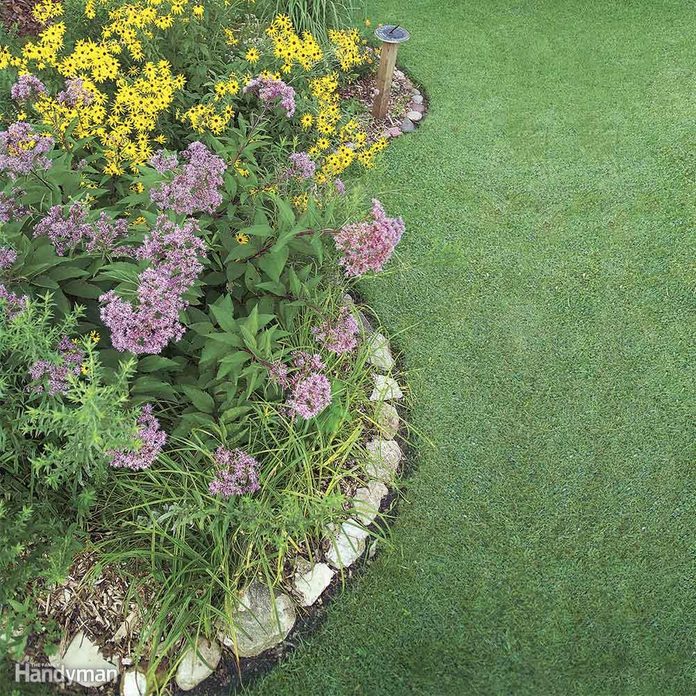
Add Some Quick Color to Your Garden
Cold-tolerant annuals are great for filling the mid- to late-spring gaps—dependable favorites include pansies and snapdragons. These 11 easy-to-grow plants will perfectly add color to your shade garden.
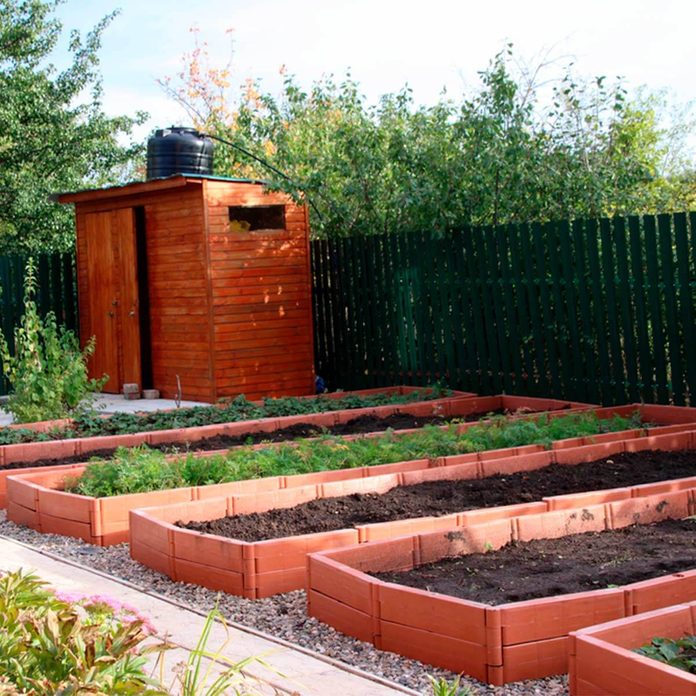
Prepare a New Bed
Always fully prepare a new bed before planting. Get all weeds, roots and rocks out first. Then dig the soil to a depth of 6 to 8 in., at least, incorporating plenty of good organic matter.
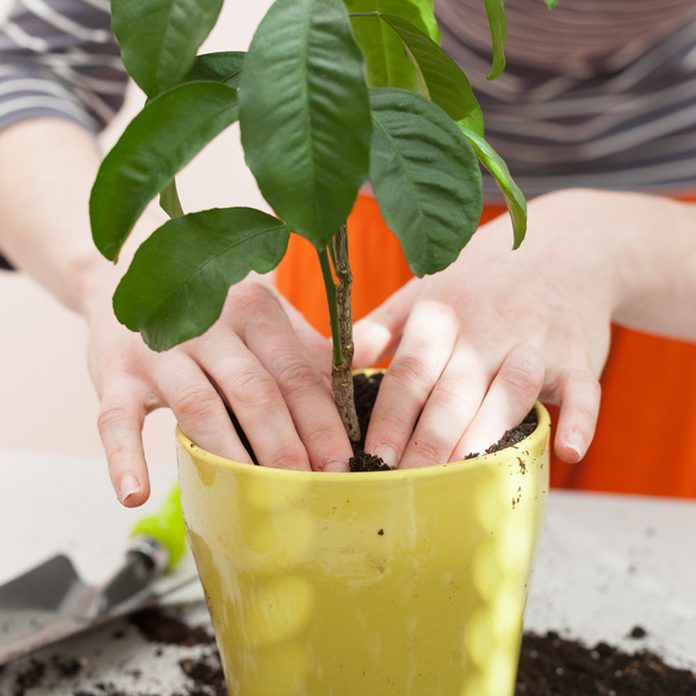
Protect Transplants
Newly installed transplants appreciate a little protection from sun and wind at first. Use cardboard boxes, garden fabric or even a carefully placed lawn chair. Find out how to make transferring succulents a whole lot simpler.
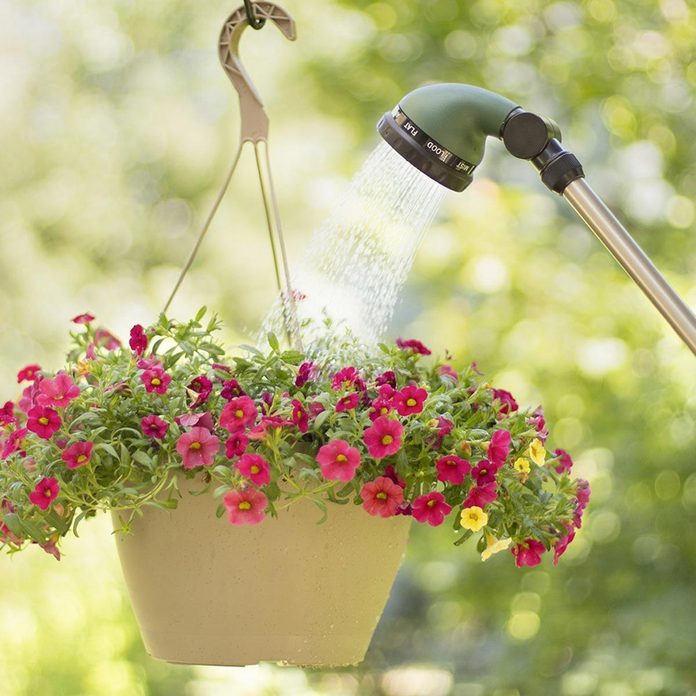
Find a Watering Wand
Invest in a watering wand. This hose-end attachment delivers a soft, soaking spray that young plants appreciate (it’s also terrific for watering hanging baskets). Find a cheap way to upgrade your garden tools with these deals at Harbor Freight.
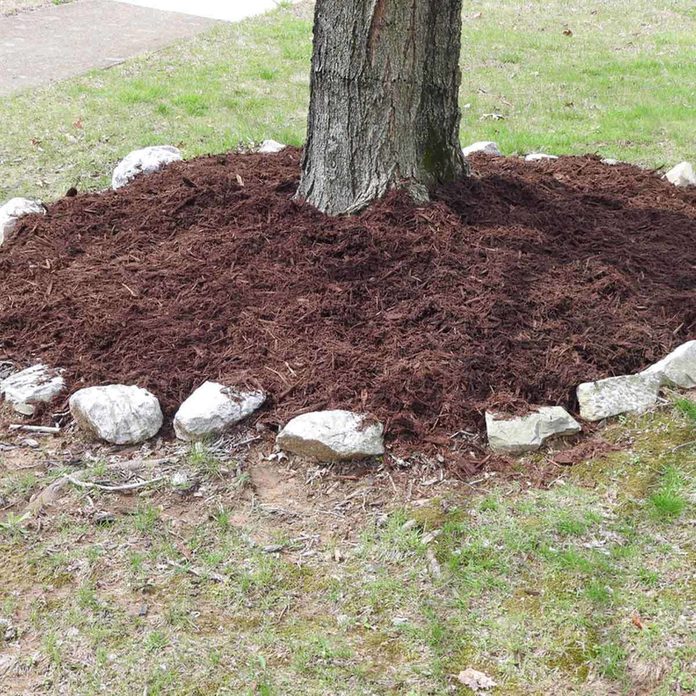
Protect Plants with Mulch
Get in the habit of protecting new plants with an inch or two of mulch. This helps moderate summer’s high soil temperatures, retains soil moisture and keeps weeds at bay. Create a weed-free garden with this ultimate guide to landscaping.

Clip Flowers From Shrubs
Clip flowers off your spring-flowering shrubs (lilacs, azaleas, spirea and the like) as they begin to fade. It helps the plant conserve energy, plus it just looks better.
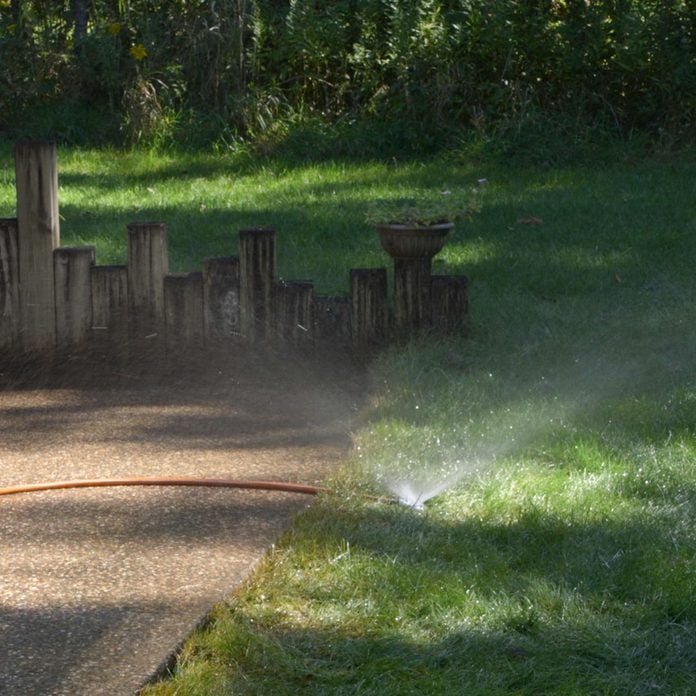
Water at a Trickle
When watering larger plants or trees, set a hose at the base on slow trickle. Check back periodically, and turn it off for a bit if there’s too much runoff. The idea is to give them a deep soaking. Try this little trick to get great irrigation for your vegetable garden.
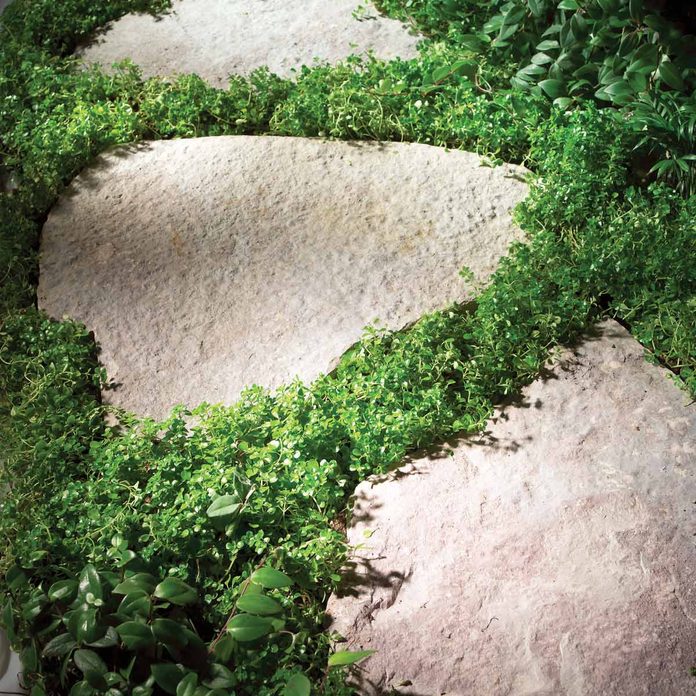
Put in a Ground Cover
Clear out an area and dig in organic matter to a depth of several inches. Stagger the plants rather than make rows. Don’t plant too closely—they’ll fill in. Check out these 12 pretty plants that will help make for great ground cover.
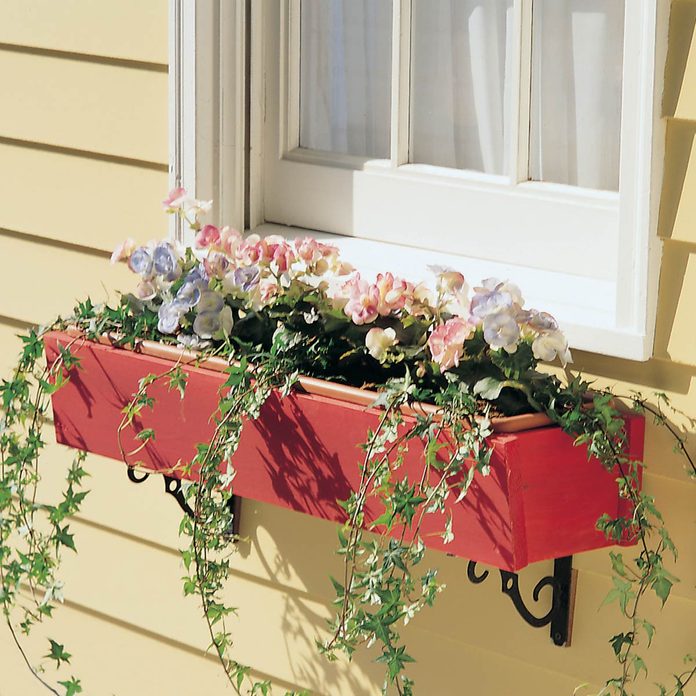
Hold a Dress Rehearsal for Window Box Display
To make a great window box display, hold a “dress rehearsal” first—set potted plants inside and shift them around until you are satisfied you have enough and that they are well placed. Get some inspiration for the spring with these 10 planters and trellises.
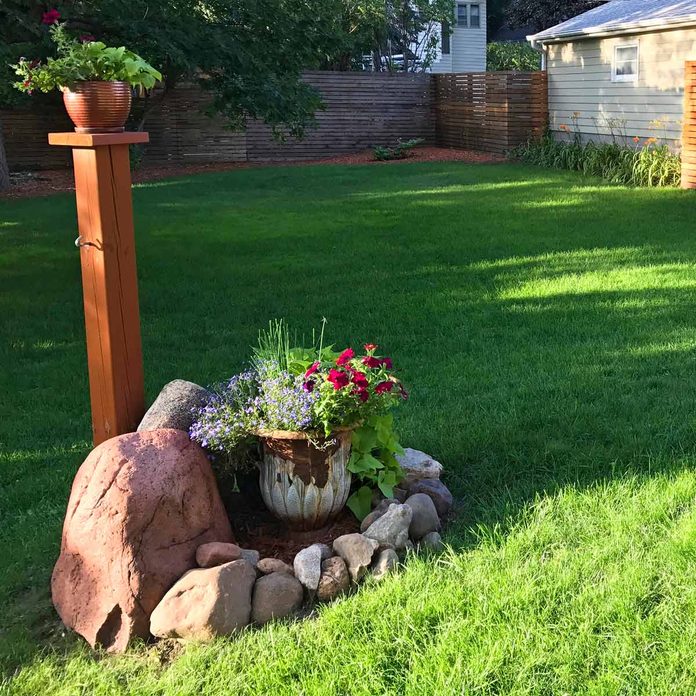
Prevent Lawn-Mowing Challenges
Elevate garden decor items on level paving blocks or stepping-stones. This applies not only to potted plants, but also urns, birdbaths, benches or sundials. Check out the 18 things you should never do to your lawn if you want to keep it looking great.

Put in Stakes Early for Vines and Climbers
For vines and climbers, put in stakes or other supports as early as possible—at planting time or soon after. This prevents puncturing the root-ball, plus it reminds you to keep after the tying. Redirect or prune back wayward stems.
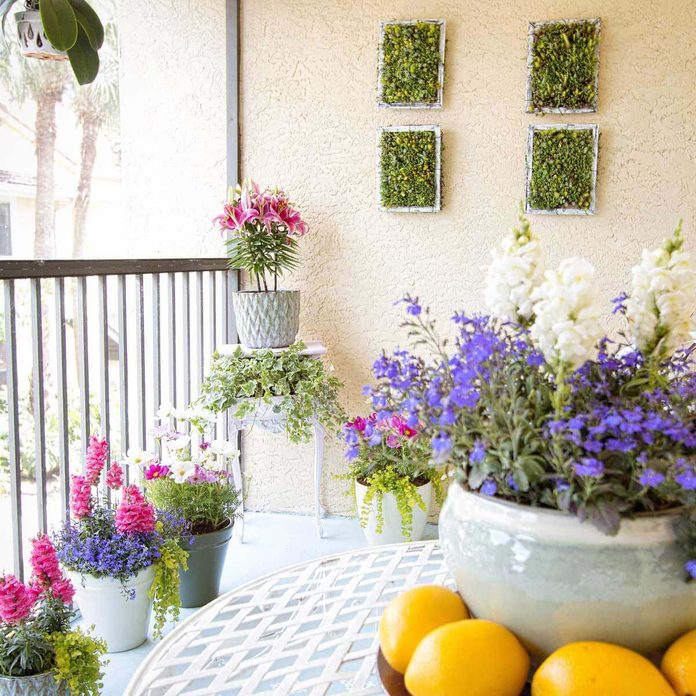
Deadhead Perennials and Annuals
Deadhead all perennials and annuals that don’t shed spent flowers on their own. This simple chore persuades plants to direct their energy into producing more blooms (rather than going to seed).

Prevent Plant Diseases
Prevent plant diseases and insect damage by keeping your plants tidy. Get rid of damaged growth and yellowing leaves—clip them off the plant and, just as important, rake them out and away from underneath. Find out what the worst garden insects are and how you can get rid of them.
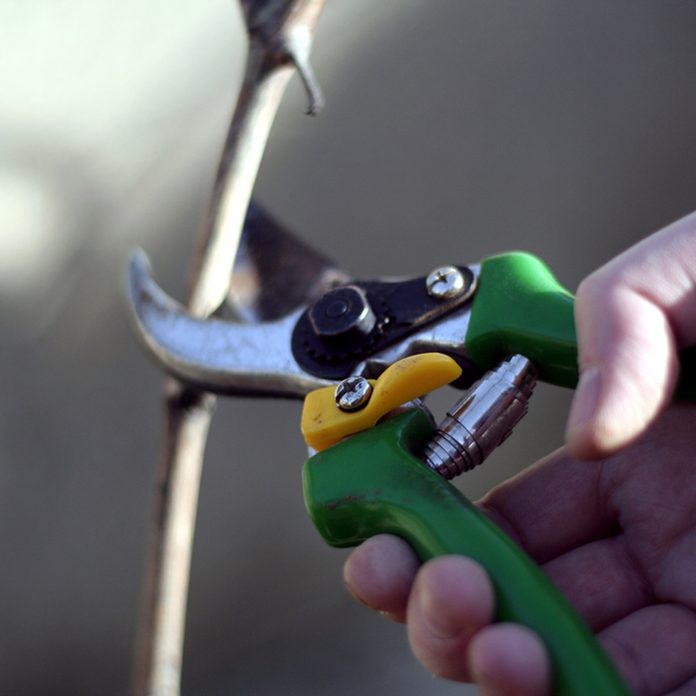
Start Pruning
Spring is the best time to prune, shear or shape your backyard evergreens, whether they are solo performers or part of a hedge. It’s important that you use a good, sharp tool for this kind of job.
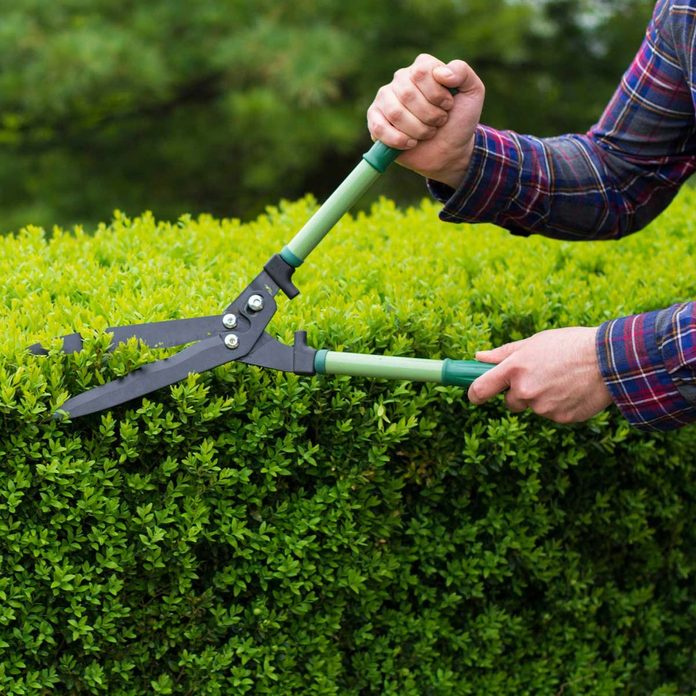
Open Up More Light
Open your garden to more light and air with springtime pruning, if needed. Remove a few of the lower branches of tall trees, thin overgrown trees and shrubs and take out branches that are invading garden areas.
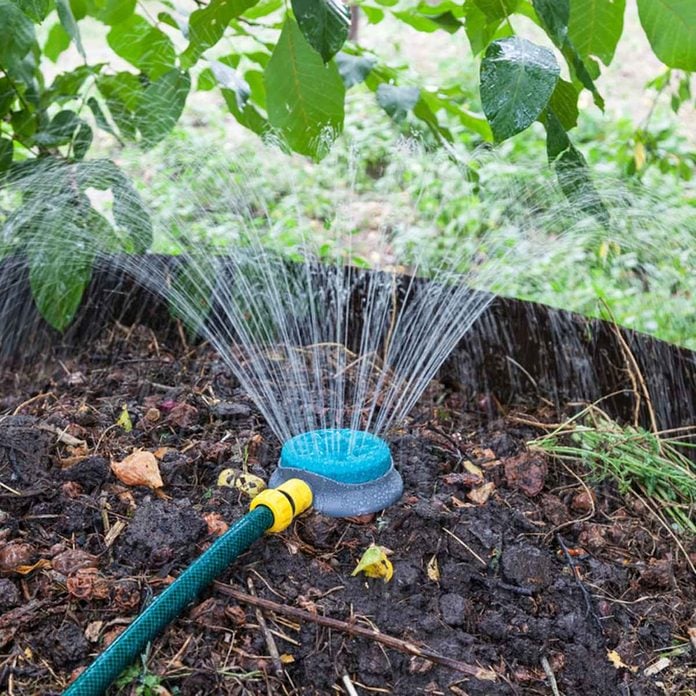
Monitor Watering Methods
Check the effectiveness of your watering methods. Right after you turn off the hose or sprinkler, dig down with a trowel to see how far the moisture penetrated the soil—you may be surprised.
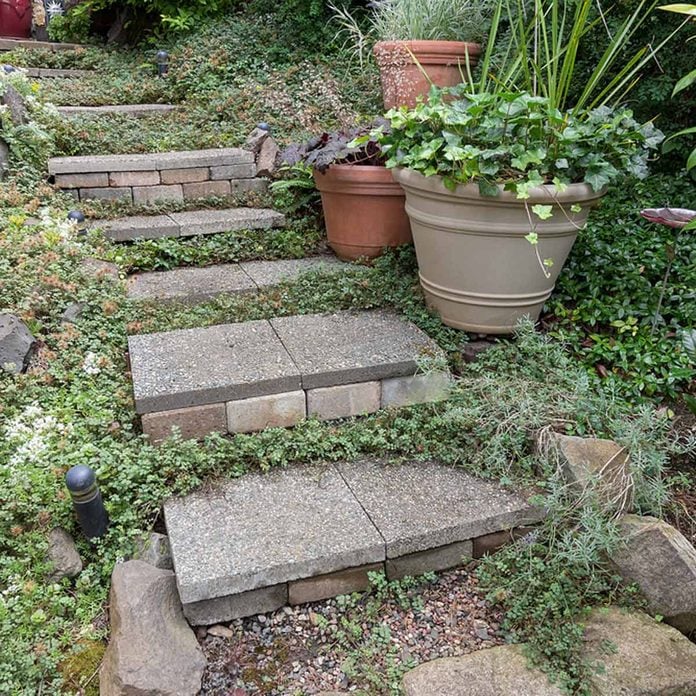
Try Potted Plants
Splashy and dependable color is easy—use potted plants. Move them in and out of displays as needed. Just remember: Don’t neglect watering, as containers dry out quickly. See which plants are great at keeping pests away and why you need to add them.